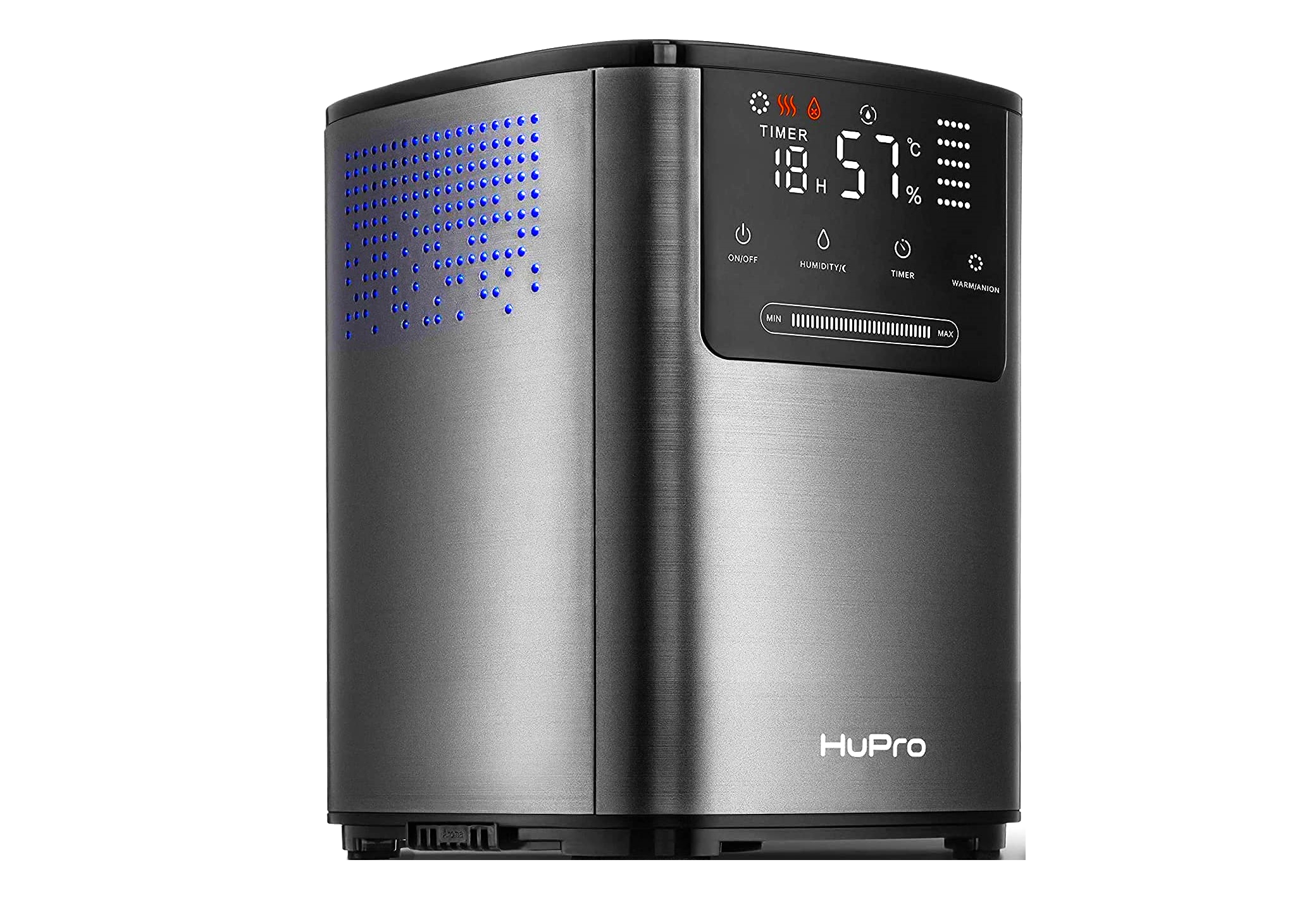When there is air around you, the two things that matter the most are – temperature and humidity. Good quality air is a must for human survival.
The temperature and humidity should be at appropriate levels; because either high or low parameters can trouble the person. Related to our post, humidity as discussed is an important parameter of air.
The humidity should be at a proper level, neither high nor low. If the humidity is low, then we need equipment called a humidifier, to increase humidity levels.
In this post, we will learn the concept of a humidifier.
Humidity is the presence of moisture content in air. When you sweat, that means the humidity level is very high in the air. When your skin becomes dry, that means the humidity level is very low in the air. So, humidity is required at proper levels, to allow the human for easy survival and living.
Now, coming back to our topic, let us consider the side effects of low humidity. Low humidity means low moisture content, which means less water. This can result in a dry atmosphere around you.
Apart from dry skin, nose, cough, and throat, it can also cause respiratory issues and also affect the wooden elements around you. So, for this reason, dry air is extremely harmful to human presence after some period of time. For this reason, equipment called a humidifier is used.
A humidifier is used to increase the humidity levels of the air. This is done by increasing the moisture content and for that, water is introduced into the air. When water is added to the air additionally, the moisture content of the air increases. It depends on how much water you have added. This automatically increases the humidity to the desired level. So, a humidifier is used to increase the humidity in the air.

Now that we have understood the use of a humidifier, let us understand the working of a humidifier. Basically, a humidifier’s working can be understood by reading its types.
Let us see each type properly.
The first type is bypass humidifier. In HVAC, AHU (air handling unit) is used to supply air to the areas required for cooling or heating. An AHU has an input section called a supply air unit and an output section called a return air unit.
Additionally, it also has a section called the bypass unit. The humidifier containing the water panel is connected to the bypass unit. When the air blows through this unit (sucked from the blower), it also passes through this humidifier. The humidifier passes this air in a moist way and then to its output.
So, it is a simple concept where it takes air from the input section and delivers moist air in the output through the humidifier. The air moving through the humidifier is the source of the push for moist air.
The second type is a power humidifier. It is the same as a bypass humidifier, the only difference being that it has its own fan section. The fan motor will generate air and pass it to the water unit to moisten the air and pass it to the user point. This eliminates the need for any external air supply.
The third type is a steam humidifier. As the name suggests, it uses steam from boiling water to condense the air and create moisture droplets, thus misting the air. It is an expensive method, as it uses steam for the generation of moisture.
In this way, we understand the concept of a humidifier.
Learn the water fountain control logic using the PLC timers programming to control the high…
Open Telemetry is a framework for collecting data in cloud-native applications including tracing, metrics, and…
This article is about controlling the Pneumatic cylinder and Pneumatic motor in the assembly line…
In this post, we will learn the basic requirements for a network switch to be…
The PLC panel and MCC panel interface signals are start, stop, run feedback, trip, local…
In this article, we are going to discuss about shutter door control using induction motor…